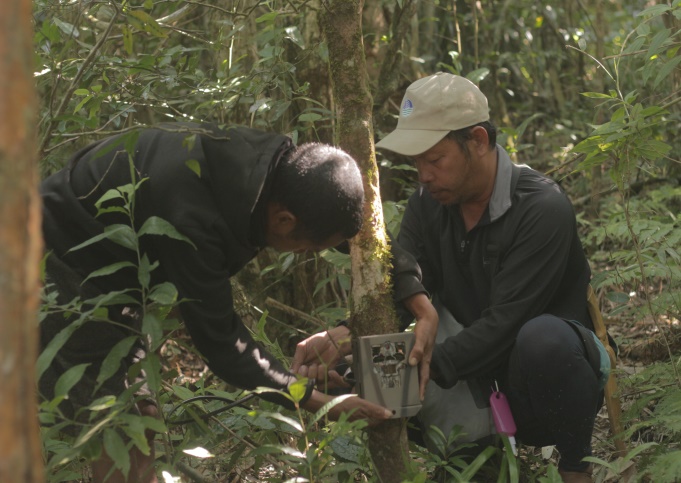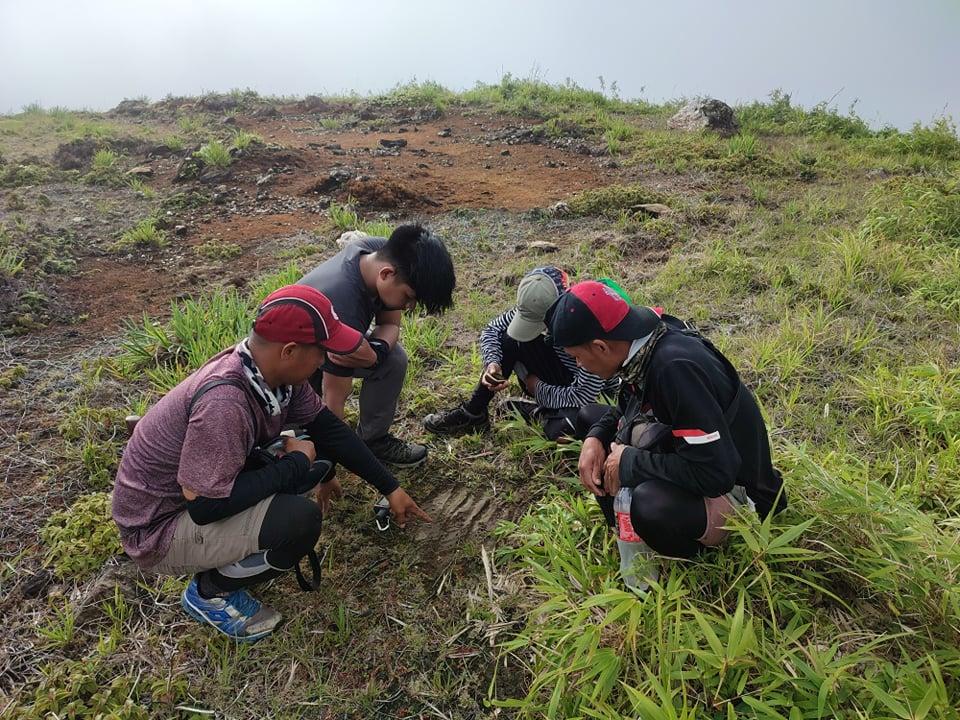To protect one of the country’s critically endangered species, Dr. Nikki Heherson A. Dagamac, a Balik Scientist and biology expert, has embarked on a mission to assess and monitor the elusive Tamaraw (Bubalus mindorensis) in its natural habitat in Mindoro.
Project MATAPAT or Multidisciplinary Approaches for TAmaraw Protection Against Threats seeks to assess the present status of Tamaraw in Mt. Calavite Wildlife Sanctuary (MCWS) and to identify priority areas of conservation in Occidental Mindoro.
This project was supported by the Philippine Council for Agriculture, Aquatic and Natural Resources Research and Development of the Department of Science and Technology (DOST-PCAARRD) and implemented by the Department of Biological Sciences, University of Santo Tomas (UST) in collaboration with D’Aboville Foundation, Demo Farm Inc. (DAF), Tamaraw Conservation Program (TCP), and DENR-MCWS Protected Area Management Office.
Assessment techniques employed by Dr. Dagamac’s team included camera trapping and census in MCWS’s Strict Protection Zone (SPZ). This was done through the project component, Tamaraw Inventory and Movement using Approaches for Wildlife Analysis (TIMAWA). The research team assessed and monitored the population of tamaraws by deploying 20 infrared camera traps situated in 100 locations for 1400 camera trapping days.
In addition, another component of the project focused on habitat suitability analysis utilizing ecological niche modeling to identify areas that are highly suitable for the translocation of tamaraws.
Tamaraw is an endemic dwarf buffalo of Mindoro. Currently considered critically endangered under the Department of Environment and Natural Resources (DENR) Administrative Order No. 2004-15, it has been assessed for the International Union for Conservation of Nature (IUCN) Red List of Threatened Species in 2016.
According to the Tamaraw Conservation and Management Action Plan 2019-2028 (DENR 2019), their species are threatened by habitat loss and degradation, fires that involve slash-and-burn farming, invasive non-native plants (e.g., weeds or grasses), and unregulated wildlife poaching and hunting both from residing indigenous communities and other external groups.
Project MATAPAT worked closely with the Iraya-Mangyan tribes in camera trapping and habitat assessment activities in MCWS.
However, through the course of the project, Dr. Dagamac was able to capture other endangered, endemic, and elusive species present in Mindoro, such as the Mindoro warty pig and Philippine brown deer. This is essential progress in habitat assessment and sustainability.
Before returning to the Philippines, Dr. Dagamac, a long-term Balik Scientist, worked as a research associate at the Institute of Botany and Landscape Ecology, University of Greifswald in Germany, and Visiting Adjunct Professor at the Thai-Nguyen University of Agriculture and Forestry in Vietnam.
During his engagement with UST, Dr. Dagamac also mentored 15 graduate students and more than 100 undergraduate students. He is also the founder of the Initiatives for Conservation, Landscape Ecology, Bioprospecting, and Biomodeling (ICOLABB), where he was able to hone the research collaboration skills of young and budding researchers on biodiversity assessment and conservation.

Exit report presentation of Dr. Nikki Heherson T. Dagamac, long-term Balik Scientist, University of Santo Tomas Manila. (Image credit: IDD-PCAARRD)

Setting up of camera traps. (Image credit: Project MATAPAT)

Examination of Horn Marks of Tamaraw. (Image credit: Project MATAPAT)

